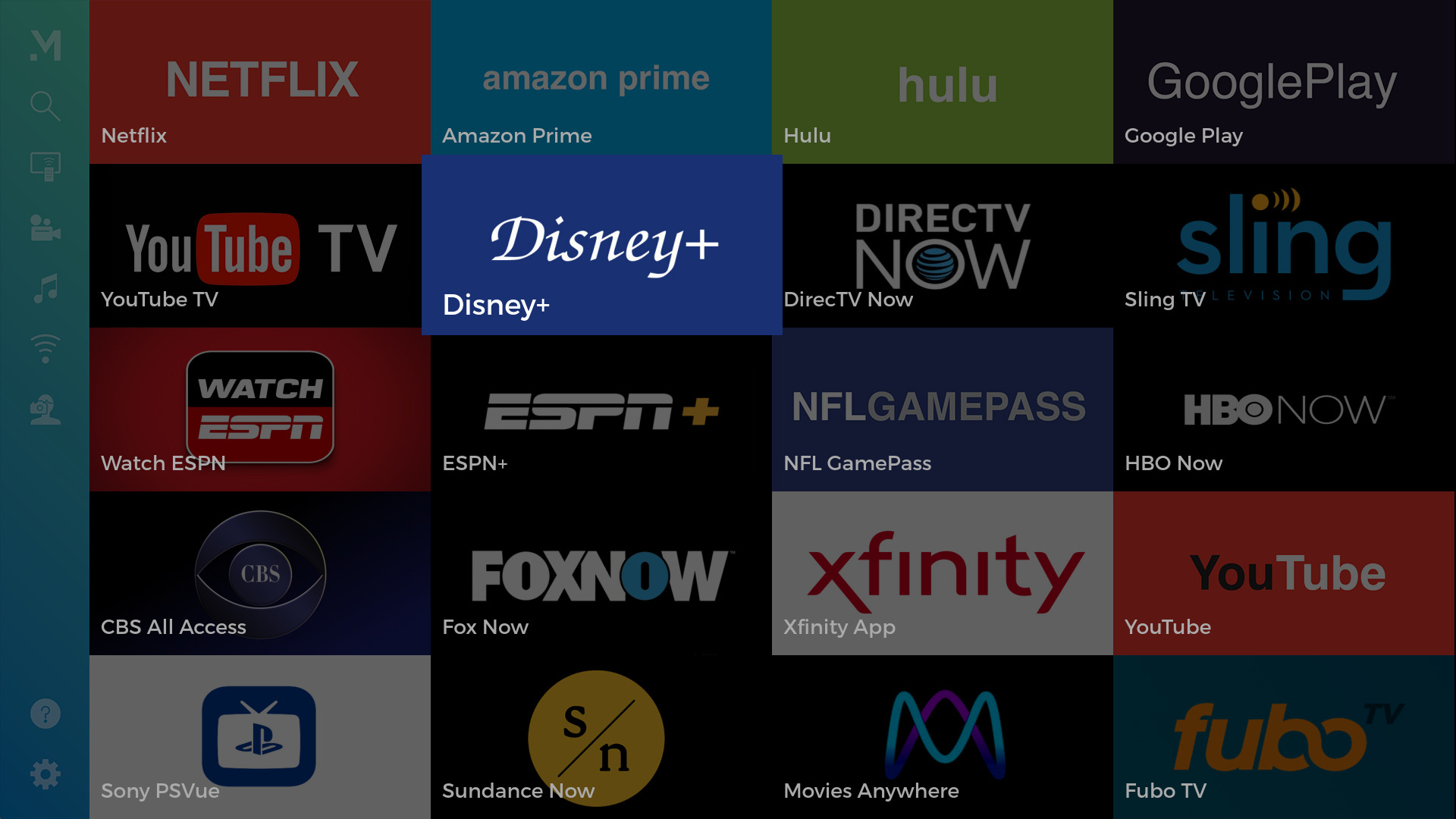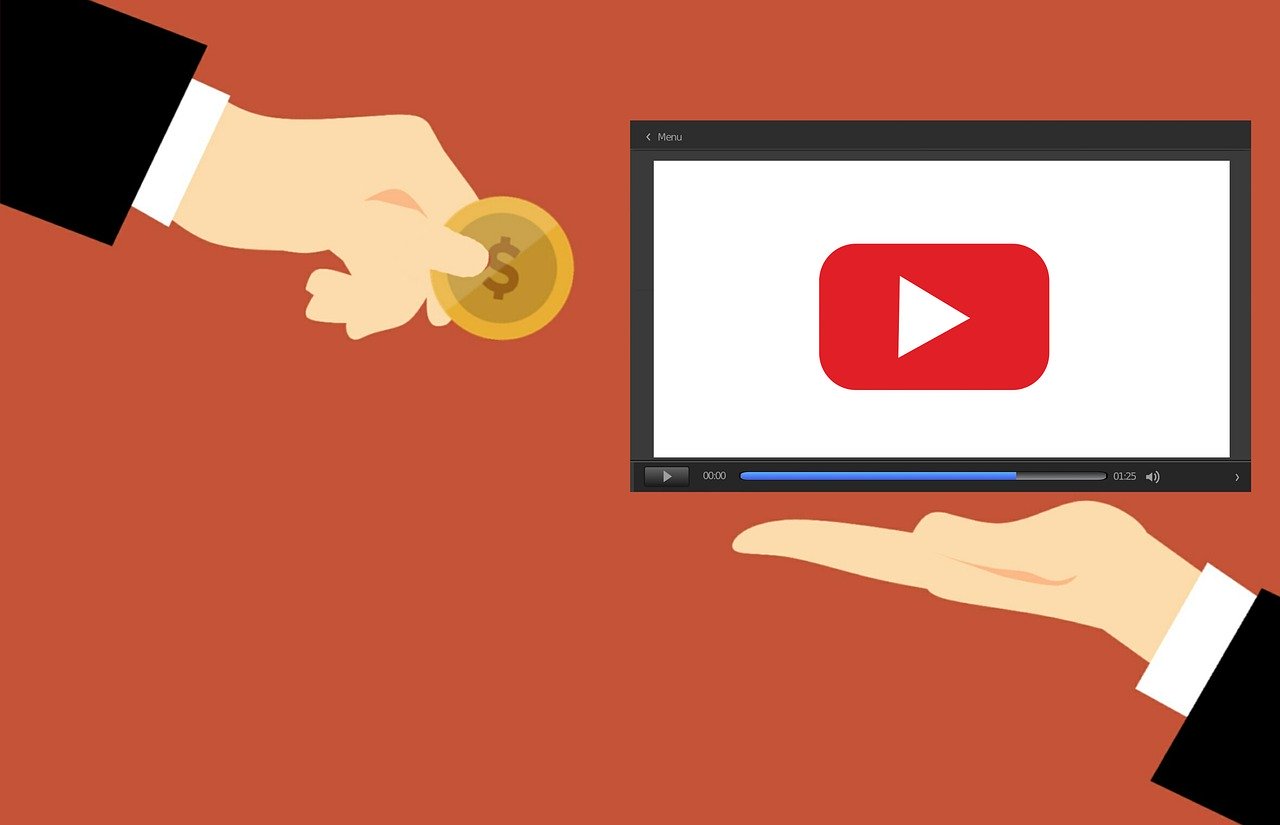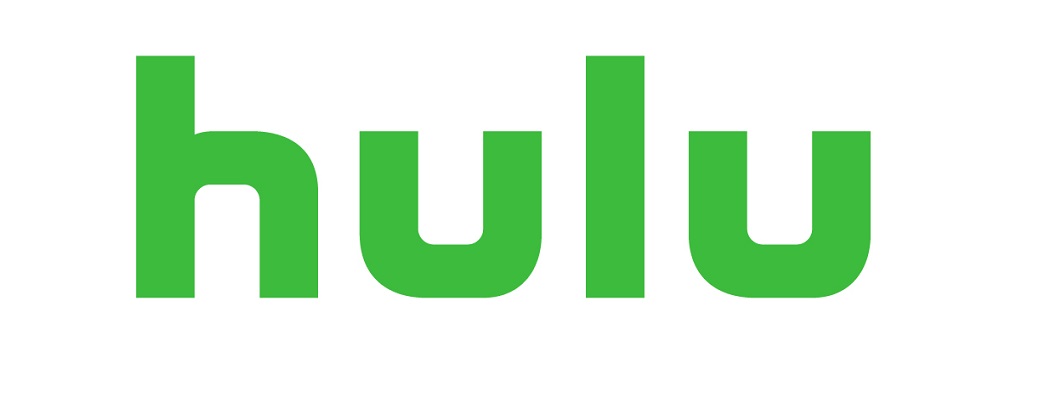As the pressure mounts on household expenditure across different markets, new research reveals that around a quarter of US and European consumers have each cut media streaming subscriptions from their budgets to save money.
According to quantilope, the automated consumer research platform, Americans are more likely than consumers in the UK or Germany to have previously cut most types of media services, with 28% having already cancelled TV/Video streaming subscriptions compared to 23% in the UK and 18% in Germany.
Cutting back on streaming services is a way for cash-strapped consumers to save on their bottom lines. Those with multiple subscriptions can reduce to just one paid platform, while others can opt to view free content on platforms such as Peacock’s free plan or Amazon FreeVee, or choose to switch to ad-subsidized content that some of the larger providers like HBO Max and Hulu offer.
Netflix, the established leader in the market and producer of hit series such as The Crown and Stranger Things, added over 36 million subscribers during the first year of lockdown as people looked for entertainment at home but has started to lose subscribers more recently. While competition between the biggest streamers heats up, quantilope’s research finds that Netflix is still the most popular platform in the US – with 63% of US respondents viewing content on Netflix, followed by Prime Video (53%), Hulu (44%), and Disney+ (38%).
The numbers show that although overall most consumers are indifferent about ads, some are more likely to pay to skip ads than others, including younger generations. Apperantly US consumers are less open to advertising than other parts of the world. Over half (55%) of US respondents are willing to pay to skip ads, compared to 40% in the UK and 45% in Germany.
There is a definitive generational preference as well. Over two-thirds of Gen Z and Millennials in the US (66% and 76%, respectively) are willing to pay to skip ads, compared to 32% of Baby Boomers, who may be accustomed to ads while viewing TV content. More than half of this generation (the Boomers) are the most unwilling to pay to skip over ads (52%) compared to just 14% of Millennials and 17% of Gen Z who say they are unwilling to do so.
Older consumers, who are clear that they do not want to ‘pay to play’, could be an interesting target segment for smart streaming providers. They could target this group by emphasizing a whole new viewing experience that comes with the perks of a paid subscription, or by bundling a streaming service with another form of media preferred by this generation; perhaps partnering with audio platforms or print media subscriptions.”
- Boomers less likely to cut streaming services – Older respondents in the US – the ‘Boomers’, are least likely to consider axing their TV/Video streaming provider with just 15% saying they are considering it compared to 40% of Gen Z.
- Social media activity – Activity in the US is significantly higher on nearly all platforms than activity in either the UK or Germany (or both). Total US Facebook activity stands out at 66% – the highest active user base of any platform across all three countries.
- Top social platforms – Facebook is the most popular platform in the US, with 66% of respondents active on it, followed by YouTube (59%) and Instagram (46%). However, only 34% of Generation Z are active on Facebook, suggesting that its appeal is on the decline.
- Future social media use – The majority (61%) of consumers in the US predict their future social media usage will stay about the same as it is now with 23% (particularly Gen Z and Millennials) planning to increase their social media activity.
- News access – Across all generations in the US, 51% access news via news websites, 49% via cable, 48% via social media, and 39% via news apps such as Apple News or Google News. Younger generations (Gen Z and Millennials) tend to access news through social media while older generations prefer physical newspapers, cable, or radio.
- TikTok & Snapchat are a mindless escape for US Consumers – When it comes to understanding how people feel about social media, quantilope used its automated Multiple Implicit Associations Test (MAT); a research methodology based on neuroscience that can capture consumers subconscious associations towards multiple brands or products, to review the deep-rooted sentiment for 8 social platforms. TikTok and Snapchat are similarly associated as ‘mindless’ and ‘for younger crowds’, however, these two platforms’ personas differ: TikTok is ‘trendy’, ‘quirky’, and ‘humorous’ while Snapchat’s persona is more closely aligned with Facebook and Twitter as ‘malicious’, ‘dangerous’, ‘annoying’, and ‘lame’. Facebook and Twitter are also similarly associated as ‘problematic’, ‘polarizing’, ‘upsetting’, ‘invasive’, and ‘draining’.






